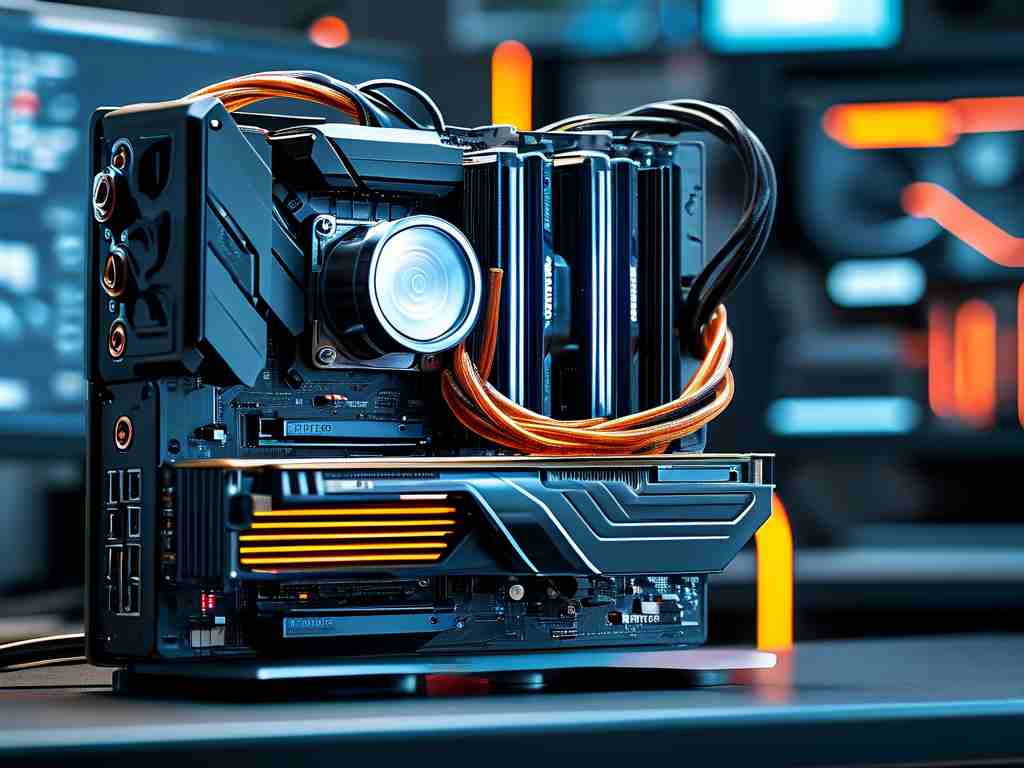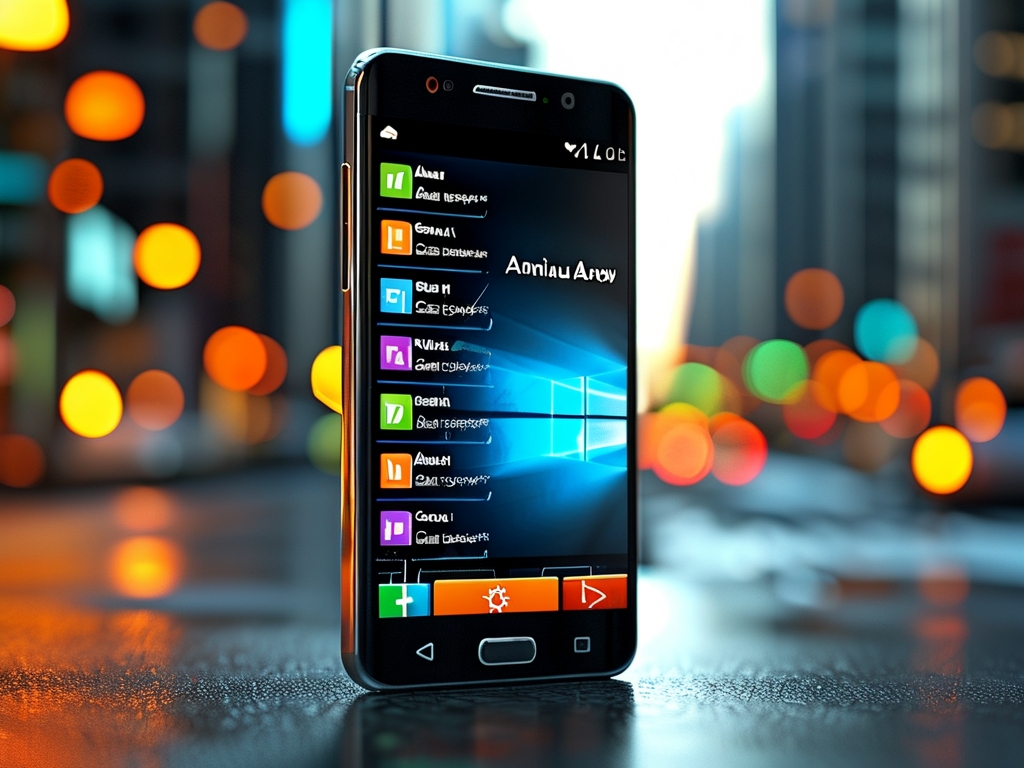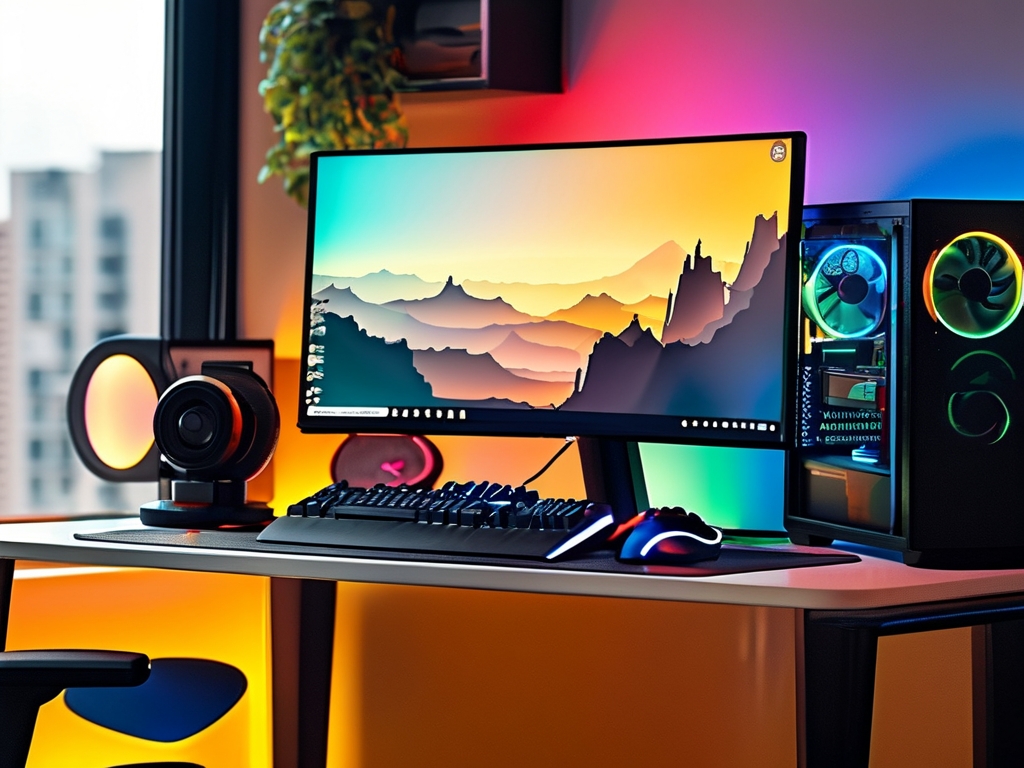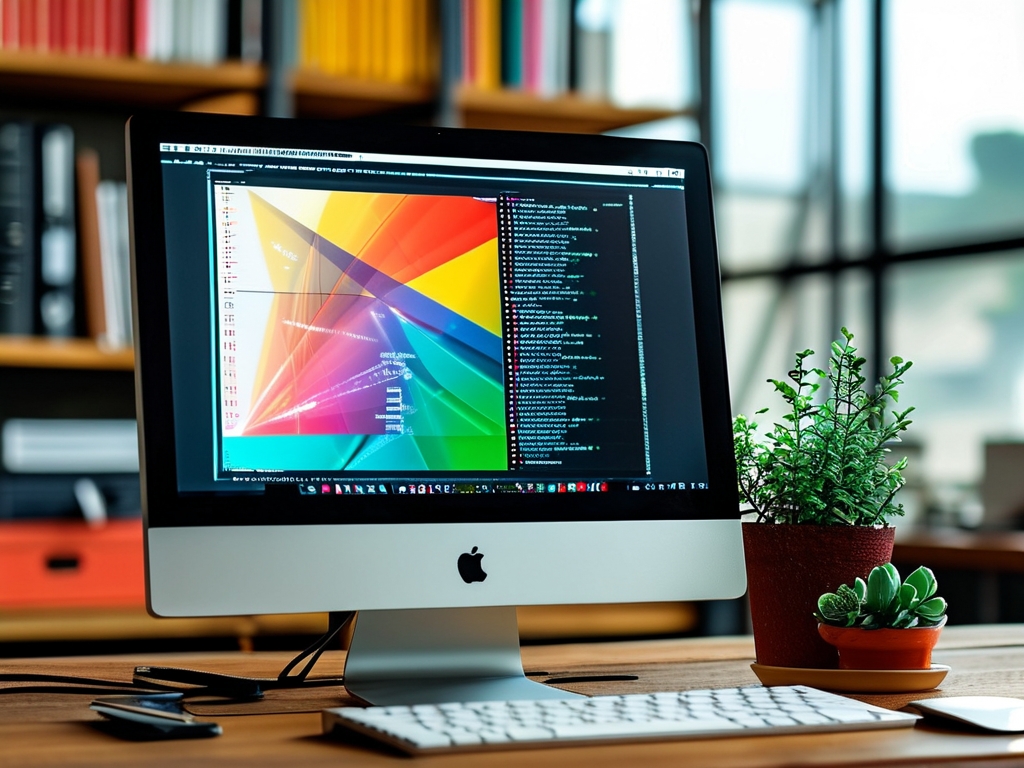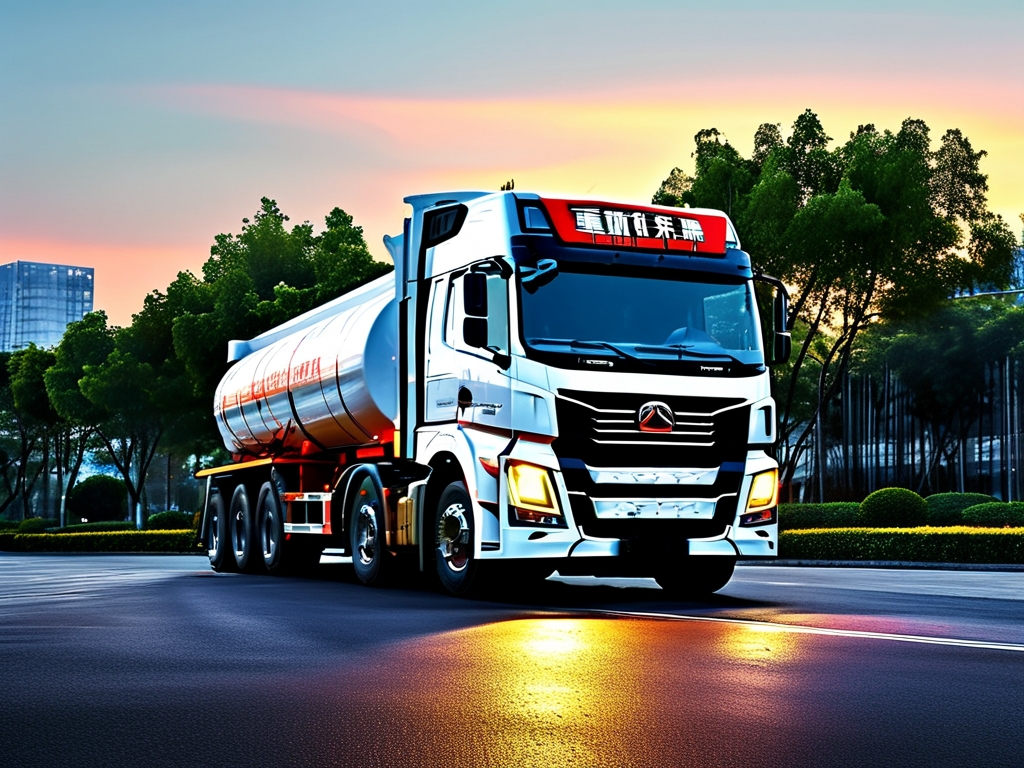The rapid evolution of mobile technology has ushered in a groundbreaking paradigm: cloud-driven distributed architecture smartphones. This innovation redefines how smartphones process data, manage resources, and deliver user experiences by leveraging cloud computing and decentralized systems. As traditional devices struggle with hardware limitations like battery life, storage capacity, and processing power, this new architecture promises to transcend physical constraints through intelligent resource distribution.
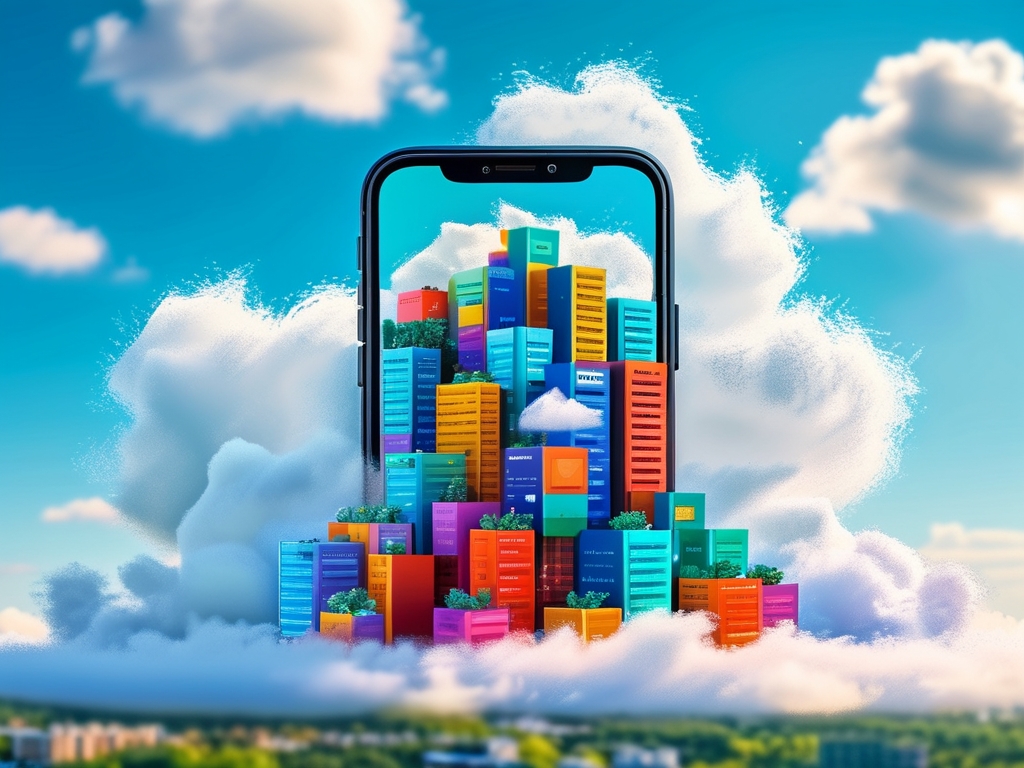
1. The Limitations of Conventional Smartphones
Modern smartphones face inherent challenges. Despite advancements in chip design, thermal throttling and energy consumption remain critical issues. Local storage constraints force users to delete files or rely on external drives, while computationally intensive tasks like AI-driven photography or real-time language translation drain batteries rapidly. These limitations highlight the need for a structural overhaul—one that shifts the burden away from local hardware.
2. What Is a Cloud-Distributed Architecture?
A cloud-distributed architecture smartphone offloads tasks to remote servers and edge devices while maintaining seamless integration with local components. Unlike conventional cloud-reliant models (e.g., streaming services), this system employs a hybrid approach:
- Core Processing: Critical tasks like OS operations remain on-device.
- Elastic Compute Layer: Resource-heavy workloads (video rendering, machine learning) are dynamically assigned to cloud servers or nearby edge nodes.
- Decentralized Storage: Data is fragmented and stored across multiple secure cloud nodes, reducing dependency on physical storage.
This framework turns the smartphone into a "control hub," coordinating distributed resources in real time.
3. Key Technologies Enabling the Shift
Several innovations converge to make this possible:
- 5G/6G Networks: Ultra-low latency and high bandwidth ensure real-time communication between devices and cloud systems.
- Edge Computing: Local nodes (e.g., routers, IoT devices) process data closer to the user, minimizing latency.
- Containerization: Lightweight virtualized environments allow tasks to migrate effortlessly across devices and clouds.
- Blockchain-Based Security: Encrypted data sharding and decentralized authentication protect user privacy in distributed networks.
4. Advantages of Distributed Cloud Smartphones
4.1 Enhanced Performance
By tapping into virtually unlimited cloud resources, these devices can execute tasks impossible for standalone hardware. For example, rendering a 4K video might take minutes on a flagship phone but seconds via distributed GPUs in the cloud.
4.2 Energy Efficiency
Shifting intensive computations to external servers reduces on-device heat generation and battery drain. Early prototypes by Huawei and Google demonstrated a 40% reduction in energy consumption during AI tasks.
4.3 Scalable Storage
Users no longer need to pay premium prices for higher storage tiers. A 512GB phone could access petabytes of cloud storage on demand, with automated tiering for frequently vs. rarely used files.
4.4 Future-Proof Upgrades
Hardware upgrades become obsolete. Instead, users subscribe to cloud-based performance boosts—similar to upgrading a GPU via software—enabling budget devices to access premium capabilities.
5. Challenges and Concerns
5.1 Latency Sensitivity
Despite 5G advancements, mission-critical applications (e.g., autonomous drone control) may still suffer from microsecond-level delays. Hybrid architectures must prioritize task allocation based on urgency.
5.2 Network Dependency
Offline functionality becomes a vulnerability. Developers must design fallback protocols, such as caching essential AI models locally or enabling peer-to-peer mesh networks.
5.3 Privacy Risks
Storing data across multiple clouds increases attack surfaces. Zero-trust architectures and homomorphic encryption (processing data without decrypting it) are being explored to mitigate risks.
6. Real-World Applications
- Gaming: NVIDIA’s GeForce Now already streams AAA games to phones. A distributed architecture could enable split rendering—handling physics on the cloud while managing UI locally.
- Healthcare: Wearables could offload ECG analysis to specialized medical clouds, providing instant diagnostics without compromising device battery.
- Enterprise: Field workers using rugged phones could leverage cloud-based CAD tools for real-time equipment repairs.
7. The Road Ahead
Industry leaders are racing to dominate this space. Apple’s rumored "Cloud iPhone" aims to integrate iCloud compute nodes with on-device Neural Engines. Meanwhile, startups like Jio in India are building hyperlocal edge networks to support low-cost distributed devices.
Regulatory frameworks will also play a role. Governments may mandate data sovereignty rules, requiring cloud providers to maintain regional servers. Additionally, ethical debates about digital equity—ensuring rural areas have equal access to cloud infrastructure—will shape adoption.
8.
Cloud-distributed architecture smartphones represent more than a technical upgrade—they redefine the relationship between hardware and software. By transforming phones into adaptive interfaces for a ubiquitous compute ecosystem, this model addresses longstanding bottlenecks while unlocking new possibilities in AI, IoT, and immersive media. While challenges persist, the convergence of 5G, edge computing, and decentralized systems suggests that the future of mobile technology lies not in our pockets, but in the cloud.


